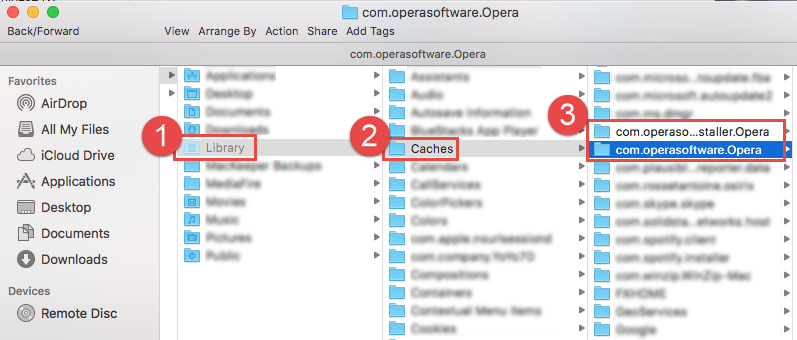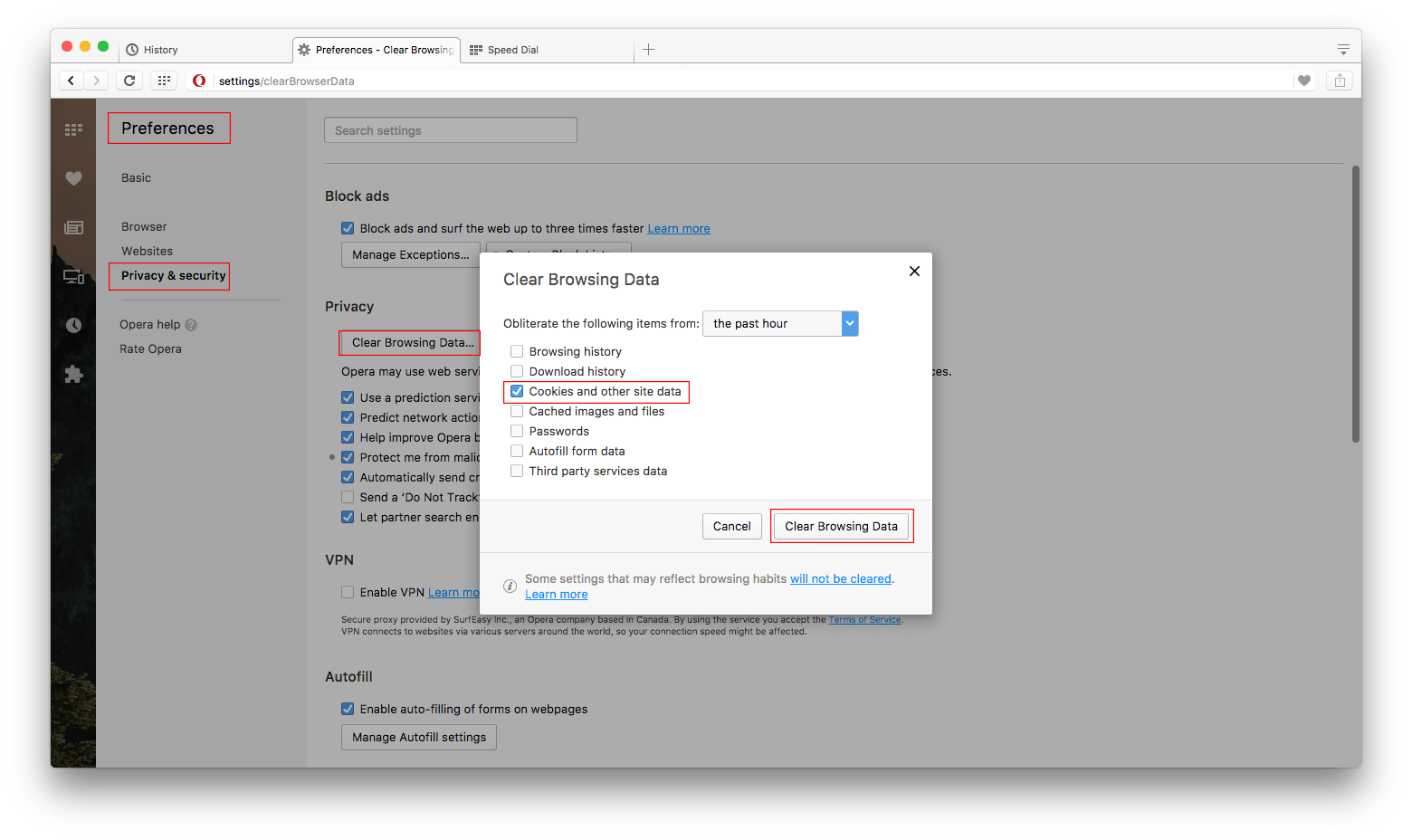Download How To Uninstall Opera For Mac

Content-Type: image/pngContent-Disposition: attachment; filename='picture.png'Means 'This is a PNG image. Content-Type: image/pngContent-Disposition: inline; filename='picture.png'Means 'This is a PNG image. Please save it as a file, preferably named picture.png'. Application octet stream download.
Don’t worry here i am going to give you the tutorial about How to Uninstall opera browser completely. Opera is one of the popular browser in the world. Some times, it may get problems. Some times it may get unstable. In such cases, you need to uninstall Opera completely and reinstall it. Here i am giving you information about Uninstalling.
Opera is a popular alternative to the default browsers that come preloaded with your computer, including Internet Explorer and Microsoft Edge. The following sections contain steps on how to install and uninstall the Opera Internet browser.
Install Opera
- Open your Internet browser and go to the Opera download page.
- Click the Download Now button in the center of the page.
- Once the download has completed, click Run or on the download itself (usually in the lower-left corner of your browser window).
- Follow the prompts to install Opera.
Uninstall Opera
- Open the Control Panel.
- Under the Programs section, click Uninstall a program.
- Find and select the Opera program in the list.
- You should see an Uninstall option appear above the list of programs.
- Follow the prompts to uninstall the Opera browser.
Additional information
Basics for Uninstalling Software
Most OS X applications are completely self-contained 'packages' that can be uninstalled by simply dragging the application to the Trash. Applications may create preference files that are stored in the /Home/Library/Preferences/ folder. Although they do nothing once you delete the associated application, they do take up some disk space. If you want you can look for them at the above location and delete them, too.

Some applications may install an uninstaller program that can be used to remove the application. If you cannot find the uninstaller then you could download the freeware, Easy Find, to locate files that need to be removed. The places you need to search include:
- /Home/Library/Applications Support/ folder. Check if the application has created a folder then delete the folder that's in the Applications Support folder.
- Applications may install a startupitem or a LogIn item. Startupitems are usually installed in the /Library/StartupItems/ folder or the /Home/Library/StartupItems/ folder. Login Items are set in the Users & Groups preferences. Open it in System Preferences, then click on the Login Items tab. Select the item from the list and click on the Delete [-] button to remove it.
- Some software use startup daemons or agents. Look for them in /Library/LaunchAgents/ and /Library/LaunchDaemons/ or in /Home/Library/LaunchAgents/.
Some applications install a receipt in the /Library/Receipts/ folder. Usually with the same name as the program or the developer. The item generally has a '.pkg' extension. Be sure you also delete this item as some programs use it to determine if it's already installed.
There are many utilities that can uninstall applications. Here is a selection:
For more information visit The XLab FAQs and read the FAQ on removing software.
Jan 3, 2018 7:16 PM